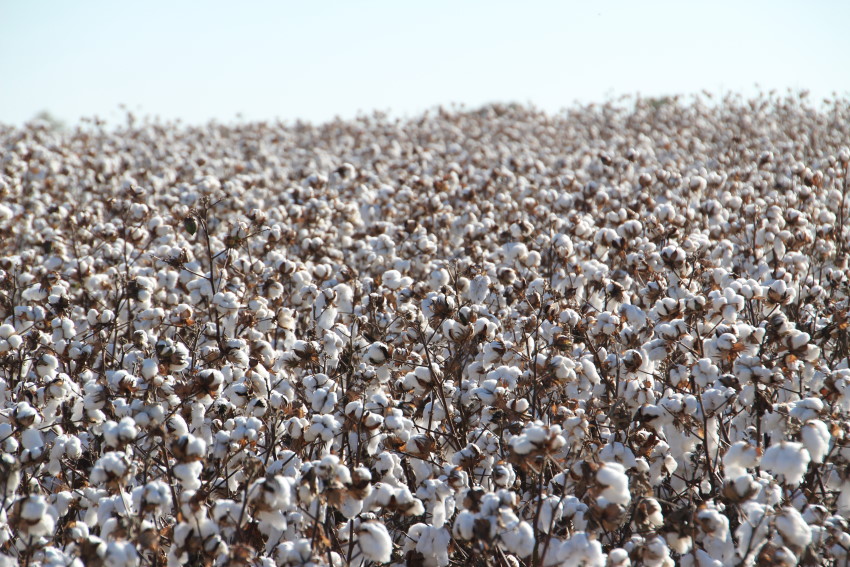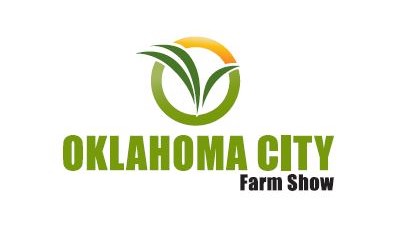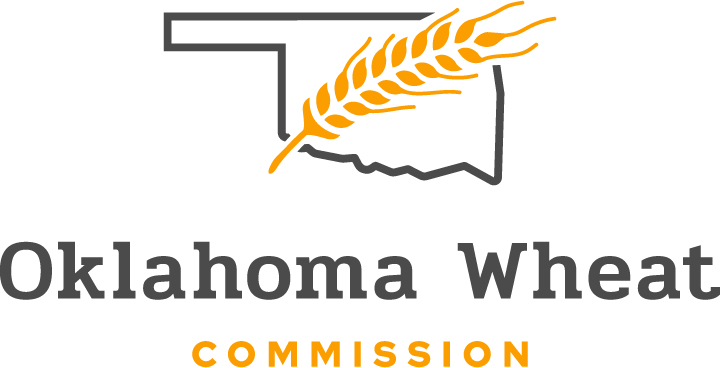
Agricultural News
Former OSU Ag Economist Jody Campiche Offers 2017 Cotton Market Outlook at National Cotton Council Meeting in Dallas
Sat, 11 Feb 2017 15:20:47 CST
 National Cotton Council economists point to a number of key questions that will shape the 2017 economic outlook for the U.S. cotton industry. In recent months, cotton prices have maintained a stronger appearance despite: 1) concerns about world demand, 2) Chinese imports below historical levels, 3) weakness in other commodity markets and 4) a stronger dollar. Although several bearish indicators are still in place, a lack of exportable supplies in Central Asia and West Africa coupled with India's reduced exports is helping to support current prices. In addition, unfixed on-call sales are providing support to futures prices. However, the struggling global economy and man-made fiber competition underscore the challenging landscape facing cotton demand.
National Cotton Council economists point to a number of key questions that will shape the 2017 economic outlook for the U.S. cotton industry. In recent months, cotton prices have maintained a stronger appearance despite: 1) concerns about world demand, 2) Chinese imports below historical levels, 3) weakness in other commodity markets and 4) a stronger dollar. Although several bearish indicators are still in place, a lack of exportable supplies in Central Asia and West Africa coupled with India's reduced exports is helping to support current prices. In addition, unfixed on-call sales are providing support to futures prices. However, the struggling global economy and man-made fiber competition underscore the challenging landscape facing cotton demand.
Dr. Jody Campiche, the NCC's vice president, Economics & Policy Analysis, told delegates at the NCC's 79th Annual Meeting in Dallas, Texas today that, "World mill use is expected to exceed world production in 2017, and global cotton stocks are projected to decline by 7.7 million bales in the 2017 balance sheet." World production is projected to be 105.6 million bales in 2017. World mill use is projected to increase by 1.5 percent in 2017 to 113.4 million bales with most of the growth from China, Vietnam and Bangladesh.
While projections of global consumption exceeding production normally would be supportive of prices, the implications for the coming year may not be as clear cut as stocks outside of China are projected to increase by 3.0 million bales for the 2017 marketing year. The majority of the global stocks decline is due to China's reduced inventories. While China's increased consumption of reserve stocks has bolstered mill use in 2016, it also has curbed China's demand for imported cotton fiber and cotton yarn.
Regarding domestic cotton mill use, USDA estimates 2016 U.S. mill use at 3.3 million bales, down 150,000 bales from 2015. The Economic Adjustment Assistance Program continues to be an important source of stability allowing mills to invest in new facilities and equipment, but the strength of the U.S. dollar is creating challenges for yarn exports. For 2017, the NCC is projecting a modest increase in U.S. mill use to 3.4 million bales.
Campiche noted that export markets continue to be the primary outlet for U.S. raw fiber. In recent years, U.S. export customers have changed with a significant reduction in exports to China. However, reduced exports to China have been partially offset by increased U.S. exports to Vietnam. For 2016, the NCC estimates U.S. exports at 12.8 million bales, up 39.3 percent from 2015. If the current pace of sales and shipments is maintained, the strong demand for high quality cotton could push the U.S. export number even higher. The U.S. will remain the largest cotton exporter with a market share of 35.8 percent as compared to 26.0 percent in 2015. While world trade increased slightly in 2016, the gain in U.S. market share largely is attributed to supply issues in other major cotton exporting countries.
Looking ahead to 2017, increased competition from other cotton-producing countries is expected to reduce both U.S. exports and U.S. market share. With exports pegged at 12.4 million bales, Campiche projects total U.S. offtake of 15.8 million bales in 2017, leading to an increase in ending stocks of 898,000 bales.
In China, cotton mill use is again exhibiting signs of growth, but competition from lower-priced man-made fiber remains a limiting factor for the growth of cotton fiber use. Campiche said that China's internal cotton price is still almost twice the level of polyester prices. While China's reserve auction sales have led to increased consumption by mills, this also has limited China's imports of raw cotton fiber and cotton yarn. In the current projections, China's cotton imports are not projected to increase until the reserve stocks are reduced to what they consider a "more reasonable level." For the 2016 crop year, the latest estimate includes a reduction of 9.9 million bales in ending stocks. In the 2017 marketing year, an additional 10.8 million bale reduction in stocks is expected. A successful auction series over the next two years easily could place China in a position to again become a larger cotton importer.
In her analysis of the NCC Annual Planting Intentions survey results, Campiche said the NCC projects 2017 U.S. cotton acreage to be 11.0 million acres, about 9.4 percent more than 2016. With abandonment assumed at 12 percent for the United States, Cotton Belt harvested area totals 9.7 million acres. Using an average U.S. yield per harvested acre of 830 pounds generates a cotton crop of 16.8 million bales, with 16.0 million upland bales and 760,000 extra-long staple bales.
However, it is important to note that although the survey results suggest an increase in acreage, the increase in cotton acreage is largely the result of weaker prices of competing crops and improved expectations for water.
For the past three years, U.S. cotton producers have struggled with low cotton prices, high production costs and the resulting financial hardships. While current futures markets have increased since last year, many producers continue to face economic challenges.
Additional details of the 2017 Cotton Economic Outlook are on the NCC's website- click here for the full report.
WebReadyTM Powered by WireReady® NSI
Top Agricultural News
More Headlines...




